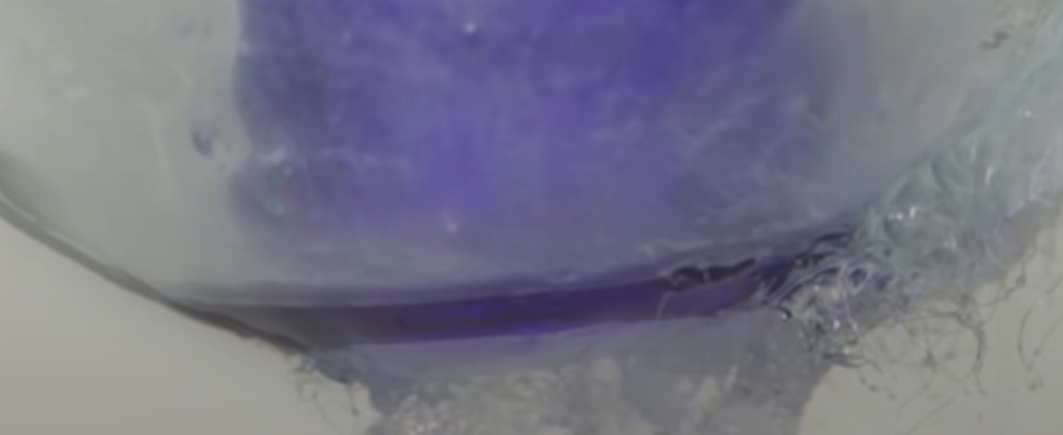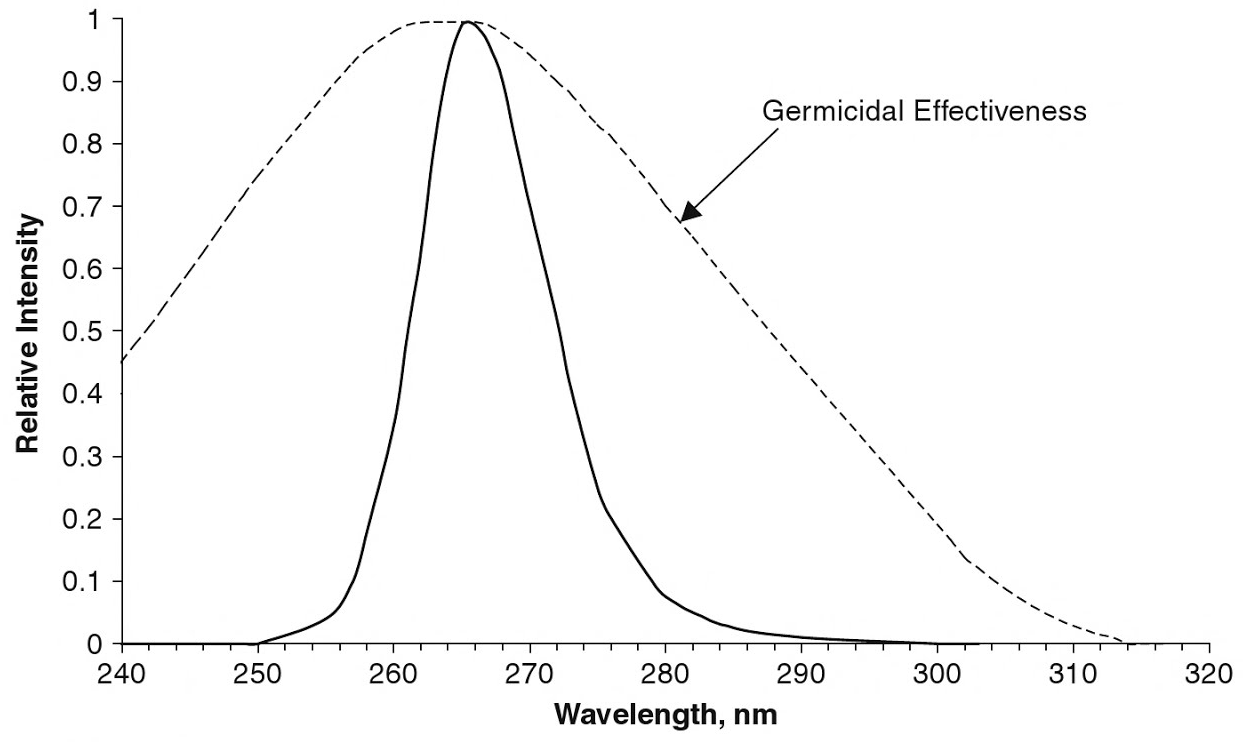|
Long Term 2 Enhanced Surface Water Treatment Rule
The Long Term 2 Enhanced Surface Water Treatment Rule ("LT2ESWTR" or simply "LT2") is a 2006 regulation promulgated by the United States Environmental Protection Agency (EPA) pursuant to the Safe Drinking Water Act. The rule required public water systems to install more stringent treatment systems to control the microorganism ''Cryptosporidium'' and other pathogens.United States Environmental Protection Agency (EPA)(2006-01-05). "National Primary Drinking Water Regulations: Long Term 2 Enhanced Surface Water Treatment Rule." ''Federal Register,'' Background EPA began drafting the LT2 rule following the 1993 Milwaukee Cryptosporidiosis outbreak, in which it is believed that municipal sewage infected with ''cryptosporidium'' was accidentally discharged into the city of Milwaukee, Wisconsin's drinking water. Principal requirements * Public water systems (PWS) must conduct source water monitoring for ''cryptosporidium'' * Filtration systems for PWS with the highest levels of ''crypt ... [...More Info...] [...Related Items...] OR: [Wikipedia] [Google] [Baidu] |
United States Environmental Protection Agency
The Environmental Protection Agency (EPA) is an independent agency of the United States government tasked with environmental protection matters. President Richard Nixon proposed the establishment of EPA on July 9, 1970; it began operation on December 2, 1970, after Nixon signed an executive order. The order establishing the EPA was ratified by committee hearings in the House and Senate. The agency is led by its administrator, who is appointed by the president and approved by the Senate. The current administrator is Lee Zeldin. The EPA is not a Cabinet department, but the administrator is normally given cabinet rank. The EPA has its headquarters in Washington, D.C. There are regional offices for each of the agency's ten regions, as well as 27 laboratories around the country. The agency conducts environmental assessment, research, and education. It has the responsibility of maintaining and enforcing national standards under a variety of environmental laws, in consultat ... [...More Info...] [...Related Items...] OR: [Wikipedia] [Google] [Baidu] |
Safe Drinking Water Act
The Safe Drinking Water Act (SDWA) is the primary federal law in the United States intended to ensure safe drinking water for the public. Pursuant to the act, the Environmental Protection Agency (EPA) is required to set standards for drinking water quality and oversee all states, localities, and water suppliers that implement the standards. The SDWA applies to every public water system (PWS) in the United States. There are currently over 148,000 public water systems providing water to almost all Americans at some time in their lives. The Act does not cover private wells (in 2020, 13% of US households were served by private wells). The SDWA does not apply to bottled water. Bottled water is regulated by the Food and Drug Administration (FDA), under the Federal Food, Drug, and Cosmetic Act. National Primary Drinking Water Regulations The SDWA requires EPA to establish ''National Primary Drinking Water Regulations'' (NPDWRs) for contaminants that may cause adverse public heal ... [...More Info...] [...Related Items...] OR: [Wikipedia] [Google] [Baidu] |
Public Water System
Public water system is a regulatory term used in the United States and Canada, referring to specific utilities and organizations providing drinking water. United States The US Safe Drinking Water Act and derivative legislation define a "public water system" as an entity that provides " water for human consumption through pipes or other constructed conveyances to at least 15 service connections or serves an average of at least 25 people for at least 60 days a year." The term "public" in "public water system" refers to the people drinking the water, not to the ownership of the system. Some US states (e.g. New York) have varying definitions. Over 286 million Americans get their tap water from a community water system. Eight percent of the community water systems—large municipal water systems—provide water to 82 percent of the US population. Subcategorization The United States Environmental Protection Agency (EPA) has defined three types of public water systems: * Community Wat ... [...More Info...] [...Related Items...] OR: [Wikipedia] [Google] [Baidu] |
Cryptosporidium
''Cryptosporidium'', sometimes called crypto, is an apicomplexan genus of alveolates which are parasitism, parasites that can cause a respiratory and gastrointestinal illness (cryptosporidiosis) that primarily involves watery diarrhea (intestinal cryptosporidiosis), sometimes with a persistent cough (respiratory cryptosporidiosis). Treatment of gastrointestinal infection in humans involves management of dehydration, fluid rehydration, electrolyte replacement, and management of any pain. For cryptosporidiosis, supportive treatment and symptom management are the primary treatments for immunocompetent individuals. Anti-diarrheal medication, such as Loperamide, may be effective in slowing the rate of diarrhea. Nitazoxanide is the only drug approved for the treatment of cryptosporidiosis in immunocompetent persons. Supplemental zinc may improve symptoms, particularly in recurrent or persistent infections or in others at risk for zinc deficiency. ''Cryptosporidium'' oocysts are 4 ... [...More Info...] [...Related Items...] OR: [Wikipedia] [Google] [Baidu] |
Milwaukee, Wisconsin
Milwaukee is the List of cities in Wisconsin, most populous city in the U.S. state of Wisconsin. Located on the western shore of Lake Michigan, it is the List of United States cities by population, 31st-most populous city in the United States and the fifth-most populous city in the Midwest with a population of 577,222 at the 2020 United States census, 2020 census. It is the county seat of Milwaukee County, Wisconsin, Milwaukee County. The Milwaukee metropolitan area is the Metropolitan statistical area, 40th-most populous metropolitan area in the U.S. with 1.57 million residents. Founded in the early 19th century and incorporated in 1846, Milwaukee grew rapidly due to its location as a port city. History of Milwaukee, Its history was heavily influenced by German immigrants and it continues to be a Germans in Milwaukee, center for German-American culture, specifically known for Beer in Milwaukee, its brewing industry. The city developed as an industrial powerhouse during the 19t ... [...More Info...] [...Related Items...] OR: [Wikipedia] [Google] [Baidu] |
Water Purification
Water purification is the process of removing undesirable chemicals, biological contaminants, suspended solids, and gases from water. The goal is to produce water that is fit for specific purposes. Most water is purified and disinfected for human consumption (drinking water), but water purification may also be carried out for a variety of other purposes, including medical, pharmacological, chemical, and industrial applications. The history of water purification includes a wide variety of methods. The methods used include physical processes such as filtration, sedimentation, and distillation; biological processes such as slow sand filters or biologically active carbon; chemical processes such as flocculation and chlorination; and the use of electromagnetic radiation such as ultraviolet light. Water purification can reduce the concentration of particulate matter including suspended particles, parasites, bacteria, algae, viruses, and fungi as well as reduce the concentration ... [...More Info...] [...Related Items...] OR: [Wikipedia] [Google] [Baidu] |
Ozone
Ozone () (or trioxygen) is an Inorganic compound, inorganic molecule with the chemical formula . It is a pale blue gas with a distinctively pungent smell. It is an allotrope of oxygen that is much less stable than the diatomic allotrope , breaking down in the lower atmosphere to (dioxygen). Ozone is formed from dioxygen by the action of ultraviolet (UV) light and electrical discharges within the Earth's atmosphere. It is present in very low concentrations throughout the atmosphere, with its highest concentration high in the ozone layer of the stratosphere, which absorbs most of the Sun's ultraviolet (UV) radiation. Ozone's odor is reminiscent of chlorine, and detectable by many people at concentrations of as little as in air. Ozone's O3 chemical structure, structure was determined in 1865. The molecule was later proven to have a bent structure and to be weakly diamagnetism, diamagnetic. At standard temperature and pressure, ozone is a pale blue gas that condenses at cryogenic ... [...More Info...] [...Related Items...] OR: [Wikipedia] [Google] [Baidu] |
Ultraviolet Germicidal Irradiation
Ultraviolet germicidal irradiation (UVGI) is a disinfection technique employing ultraviolet (UV) light, particularly UV-C (180–280 nm), to kill or inactivate microorganisms. UVGI primarily inactivates microbes by damaging their genetic material, thereby inhibiting their capacity to carry out vital functions. The use of UVGI extends to an array of applications, encompassing food, surface, air, and water disinfection. UVGI devices can inactivate microorganisms including bacteria, viruses, fungi, molds, and other pathogens. Recent studies have substantiated the ability of UV-C light to inactivate SARS-CoV-2, the strain of coronavirus that causes COVID-19. UV-C wavelengths demonstrate varied germicidal efficacy and effects on biological tissue. Many germicidal lamps like low-pressure mercury (LP-Hg) lamps, with peak emissions around 254 nm, contain UV wavelengths that can be hazardous to humans. As a result, UVGI systems have been primarily limited to applications wh ... [...More Info...] [...Related Items...] OR: [Wikipedia] [Google] [Baidu] |
Chlorine Dioxide
Chlorine dioxide is a chemical compound with the formula ClO2 that exists as yellowish-green gas above 11 °C, a reddish-brown liquid between 11 °C and −59 °C, and as bright orange crystals below −59 °C. It is usually handled as an aqueous solution. It is commonly used as a bleach. More recent developments have extended its applications in food processing and as a disinfectant. Structure and bonding The molecule ClO2 has an odd number of valence electrons, and therefore it is a Paramagnetism, paramagnetic radical (chemistry), radical. It is an unusual "example of an odd-electron molecule stable toward dimerization" (nitric oxide being another example). ClO2 crystallizes in the orthorhombic List of space groups, Pbca space group. History Chlorine dioxide was first prepared in 1811 by Sir Humphry Davy. In 1933, Lawrence O. Brockway, a graduate student of Linus Pauling, proposed a structure that involved a three-electron bond and two single bond ... [...More Info...] [...Related Items...] OR: [Wikipedia] [Google] [Baidu] |
Centers For Disease Control
The Centers for Disease Control and Prevention (CDC) is the national public health agency of the United States. It is a United States federal agency under the Department of Health and Human Services (HHS), and is headquartered in Atlanta, Georgia. The CDC's current nominee for director is Susan Monarez. She became acting director on January 23, 2025, but stepped down on March 24, 2025 when nominated for the director position. On May 14, 2025, Robert F. Kennedy Jr. stated that lawyer Matthew Buzzelli is acting CDC director. However, the CDC web site does not state the acting director's name. The agency's main goal is the protection of public health and safety through the control and prevention of disease, injury, and disability in the US and worldwide. The CDC focuses national attention on developing and applying disease control and prevention. It especially focuses its attention on infectious disease, Foodborne illness, food borne pathogens, environmental health, occupat ... [...More Info...] [...Related Items...] OR: [Wikipedia] [Google] [Baidu] |
2006 In The Environment
This is a list of notable events relating to the environment (biophysical), environment in 2006. They relate to environmental law, conservation (ethic), conservation, environmentalism and environmental issues. Events *The 2006 Southeast Asian haze, Southeast Asian haze, caused by continued uncontrolled burning from "slash and burn" cultivation in Indonesia, affected several countries in the Southeast Asian region and beyond, such as Malaysia, Singapore, southern Thailand, and as far as Saipan; the effects of the haze may have spread to South Korea. *The Biodiversity Indicators Partnership is established. *Colony collapse disorder became apparent in the North American bee population. January *American aerospace company Boeing agreed to a $30 million settlement to end an eight-year lawsuit alleging that nuclear and rocket engine tests at the Santa Susana Field Laboratory, Santa Susana Field Lab caused cancer and other illnesses in 133 plaintiffs. *Three companies in the Inner Mong ... [...More Info...] [...Related Items...] OR: [Wikipedia] [Google] [Baidu] |






